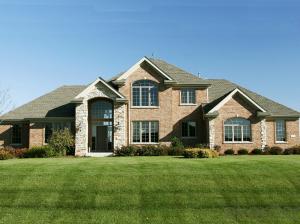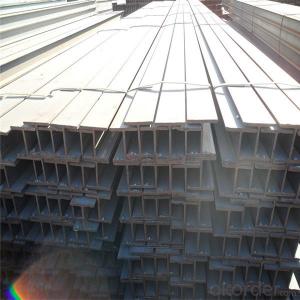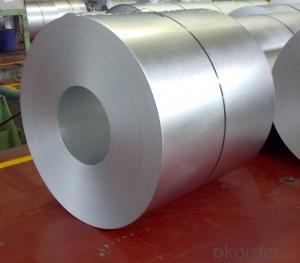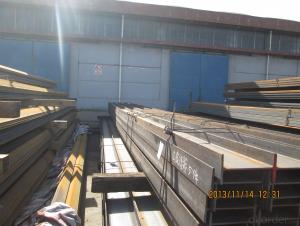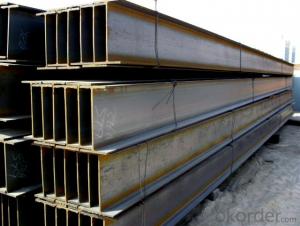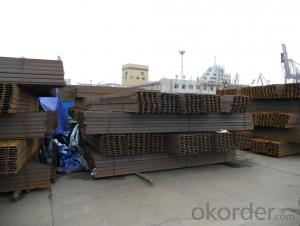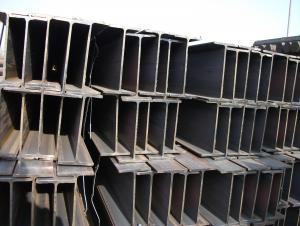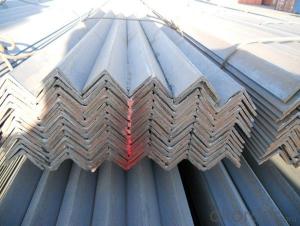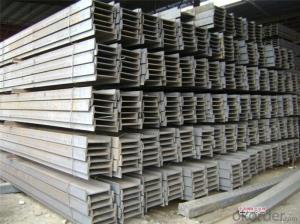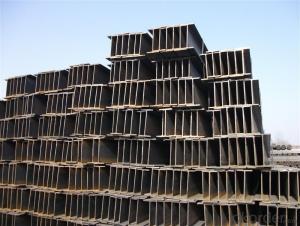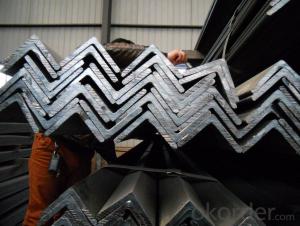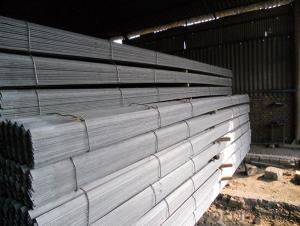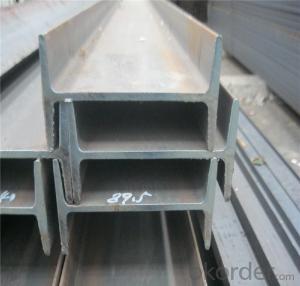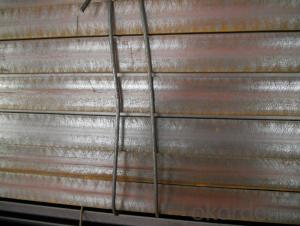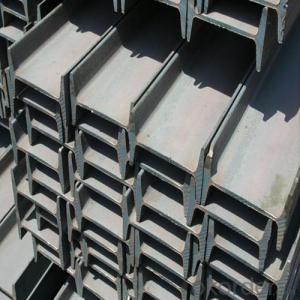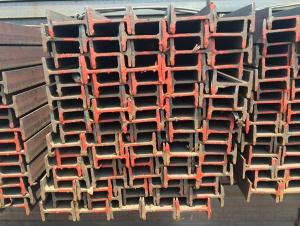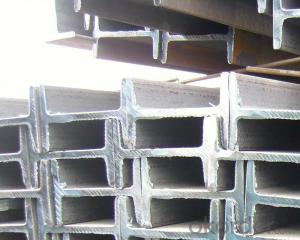Bolting Steel Beams Together
Bolting Steel Beams Together Related Searches
Best Paint For Stainless Steel Blanket Insulation For Steel Buildings Primer For Galvanized Steel Foam Filter For Stainless Steel H S Code For Stainless Steel Surface Grinding Wheels For Stainless Steel Surface Grinding Wheels For Hardened Steel Hole Saw For Stainless Steel Paint For Stainless Steel Stainless Steel For BbqHot Searches
Steel Mesh Panels For Sale Price For Stainless Steel Scrap Scrap Price For Stainless Steel Price For Stainless Steel Stainless Steel Tank For Sale Stainless Steel Sheets For Sale Cheap High Tea Sets For Sale Stainless Steel Tanks For Sale Stainless Steel For Sale High Density Fiberboard For Sale Solar Hot Water Collectors For Sale Scaffolding For Sale In Uae Scaffolding For Sale In Ireland Scaffolding For Sale In Houston Type Of Inverter For Solar Price Of Shipping Containers For Sale Types Of Inverter For Solar Stock Price For Aluminum Used Solar Inverter For Sale Steel Mesh Panels For SaleBolting Steel Beams Together Supplier & Manufacturer from China
Okorder.com is a professional Bolting Steel Beams Together supplier & manufacturer, offers integrated one-stop services including real-time quoting and online cargo tracking. We are funded by CNBM Group, a Fortune 500 enterprise and the largest Bolting Steel Beams Together firm in China.Hot Products
FAQ
- Indeed, susceptibility to corrosion is a characteristic of steel I-beams. Given that steel is predominantly composed of iron, it has a tendency to undergo rusting when exposed to both moisture and oxygen. Corrosion transpires as the steel interacts with water or moisture, resulting in a chemical reaction that prompts the creation of iron oxide, otherwise known as rust. Ultimately, this process gradually weakens the structural integrity of the I-beams, rendering them more prone to eventual failure or collapse. In order to prevent such corrosion, it is possible to apply protective coatings such as paint, galvanization, or epoxy coatings onto the steel I-beams. Additionally, it is imperative to conduct regular inspections and engage in maintenance measures to promptly identify and address any indications of corrosion, thereby ensuring the long-lasting endurance and safety of the structure.
- What's the difference between 25B and 25A I-beam?
- Channel type 25a#, 25b#, 25c# is to indicate "waist height of the same" channel, but its leg width and waist thickness is different, so you need to add a, B, C to the right of the model to be distinguished. For example, 25a# means 250*78*7. 25b# stands for 250*80*9.25c# stands for 250*82*11.
- Indeed, multi-family residential buildings are capable of utilizing steel I-beams. Renowned for their robustness and endurance, steel I-beams prove to be an optimal selection for bearing the load of numerous levels and guaranteeing structural stability in multi-story edifices. Moreover, their capacity to span considerable distances without necessitating supplementary support columns allows for more adaptable and spacious floor plans. Additionally, the fire-resistant characteristic of steel I-beams holds great significance in residential structures where safety takes precedence. As a result, steel I-beams are frequently employed in the construction of multi-family residential buildings to safeguard the structure's structural soundness and safety.
- In steel engineering, what is called rigid connection? What is articulated? What kind of nodes or structural parts are applicable to the two? The more detailed the answer, the better!
- Steel structure, beam to column connections are usually used in 3 forms, flexible connection (also known as articulated) and semi rigid connection and rigid connection. In engineering practice, how to distinguish a node belonging to the rigid and semi rigid or hinged connection depends on the rotational stiffness, rigid connection should not have obvious connection with the angle of angle deformation, reduce deformation of the structural resistance should not exceed 5%.
- Yes, steel I-beams can be used in educational or institutional building construction. Steel I-beams are commonly used in construction due to their strength, durability, and ability to support heavy loads. These beams provide structural support, allowing for larger open spaces and flexible design options in educational and institutional buildings. Additionally, steel is a sustainable and cost-effective material choice for construction projects.
- There are several different grades of steel commonly used in manufacturing I-beams, including A36, A572, and A992. These grades have different properties and strengths, allowing manufacturers to choose the most suitable steel grade for their specific application.
- The common finishes or coatings applied to steel I-beams include galvanization, painting, and powder coating. Galvanization involves coating the steel with a layer of zinc to protect it from corrosion. Painting is another common finish, where a layer of paint is applied to enhance the appearance and provide additional protection. Powder coating is another option, where a dry powder is sprayed onto the steel and then cured with heat to create a durable and attractive finish.
- Indeed, steel I-beams prove to be a fitting option for crane runway beams. These I-beams are frequently utilized in the construction industry and have gained recognition for their robustness and long-lasting nature. Owing to their remarkable load-bearing capacity, they are well-suited for providing the necessary support to withstand the substantial weights typically borne by cranes. Moreover, steel I-beams can be tailor-made to meet the precise requirements of crane runways, encompassing desired dimensions such as length and width. Their resistance to corrosion also renders them highly advantageous for outdoor or industrial settings, where cranes are commonly employed. All in all, steel I-beams emerge as a dependable and apt choice for crane runway beams.


















